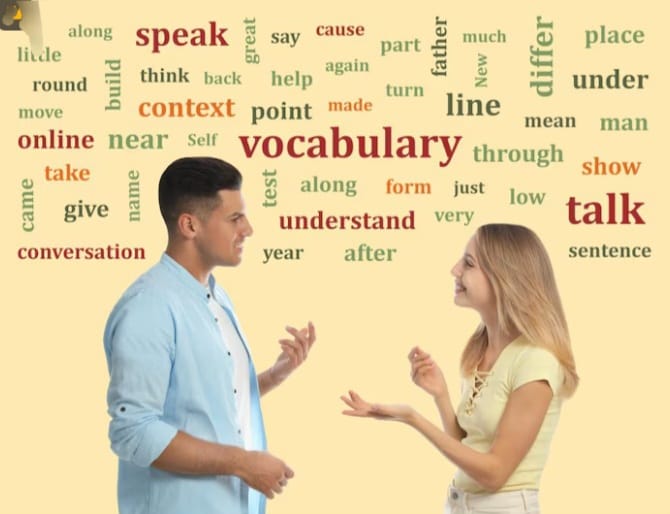Communication skills are the abilities used to give and receive information effectively. They are essential for building relationships, conveying ideas, and achieving personal and professional success. Effective communication involves not only speaking and writing but also listening, understanding, and interpreting non-verbal cues. Below is a detailed breakdown of communication skills, their importance, types, and ways to improve them.
1. Importance of Communication Skills
Builds Relationships: Effective communication fosters trust, understanding, and collaboration in personal and professional relationships.Enhances Career Prospects: Strong communication skills are highly valued in the workplace and are often a key factor in career advancement.
Facilitates Problem-Solving: Clear communication helps in resolving conflicts and addressing issues efficiently.
Improves Productivity: Miscommunication can lead to errors and delays, while effective communication ensures tasks are completed accurately and on time.
Boosts Confidence: Being able to express oneself clearly increases self-esteem and confidence in social and professional settings.
2. Types of Communication Skills
Communication skills can be categorized into several types:A. Verbal Communication
Speaking: The ability to articulate ideas clearly and concisely.
Tone of Voice: The way something is said (e.g., friendly, authoritative, or empathetic) can significantly impact the message.
Clarity and Brevity: Delivering messages in a straightforward and concise manner.
B. Non-Verbal Communication
Body Language: Posture, gestures, and facial expressions can convey emotions and intentions.
Eye Contact: Maintaining appropriate eye contact shows confidence and attentiveness.
Facial Expressions: Smiling, frowning, or raising eyebrows can communicate emotions without words.
Proxemics: The use of personal space during communication.
C. Written Communication
Emails, Reports, and Messages: The ability to write clearly, professionally, and without errors.
Grammar and Vocabulary: Using correct grammar and appropriate vocabulary to convey the intended message.
Structure and Format: Organizing written content logically for better understanding.
D. Listening Skills
Active Listening: Paying full attention to the speaker, asking questions, and providing feedback.
Empathetic Listening: Understanding the speaker’s emotions and perspective.
Avoiding Interruptions: Letting the speaker finish before responding.
E. Visual Communication
Charts, Graphs, and Infographics: Using visual aids to simplify complex information.
Presentations: Designing and delivering visually appealing and informative slides.
3. Barriers to Effective Communication
Language Differences: Misunderstandings due to differences in language or jargon.Emotional Barriers: Stress, anger, or anxiety can hinder clear communication.
Cultural Differences: Different cultural norms and practices can lead to misinterpretation.
Distractions: Noise, lack of focus, or multitasking can disrupt communication.
Assumptions: Making assumptions about the listener’s knowledge or perspective can lead to confusion.
4. How to Improve Communication Skills
Practice Active Listening: Focus on the speaker, avoid interrupting, and provide feedback.Be Clear and Concise: Avoid using jargon or overly complex language.
Work on Non-Verbal Cues: Maintain eye contact, use open body language, and be mindful of facial expressions.
Seek Feedback: Ask for constructive criticism to identify areas for improvement.
Read and Write Regularly: Reading enhances vocabulary, while writing improves clarity and structure.
Engage in Public Speaking: Join groups like Toastmasters to build confidence in speaking.
Be Empathetic: Understand the emotions and perspectives of others.
Use Visual Aids: Incorporate visuals to support your message when appropriate.
Adapt to Your Audience: Tailor your communication style to suit the listener’s needs and preferences.
5. Communication Skills in Different Contexts
In the Workplace: Effective communication is crucial for teamwork, leadership, and customer relations.In Personal Relationships: Open and honest communication strengthens bonds and resolves conflicts.
In Education: Clear communication helps in teaching, learning, and collaboration.
In Public Speaking: Confidence, clarity, and engagement are key to delivering impactful speeches.
6. Key Takeaways
Communication skills are a combination of verbal, non-verbal, written, and listening abilities.They are essential for personal, professional, and social success.
Barriers to communication can be overcome with awareness and practice.
Continuous improvement through feedback, practice, and adaptation is crucial. By developing strong communication skills, individuals can enhance their relationships, achieve their goals, and navigate challenges more effectively.









